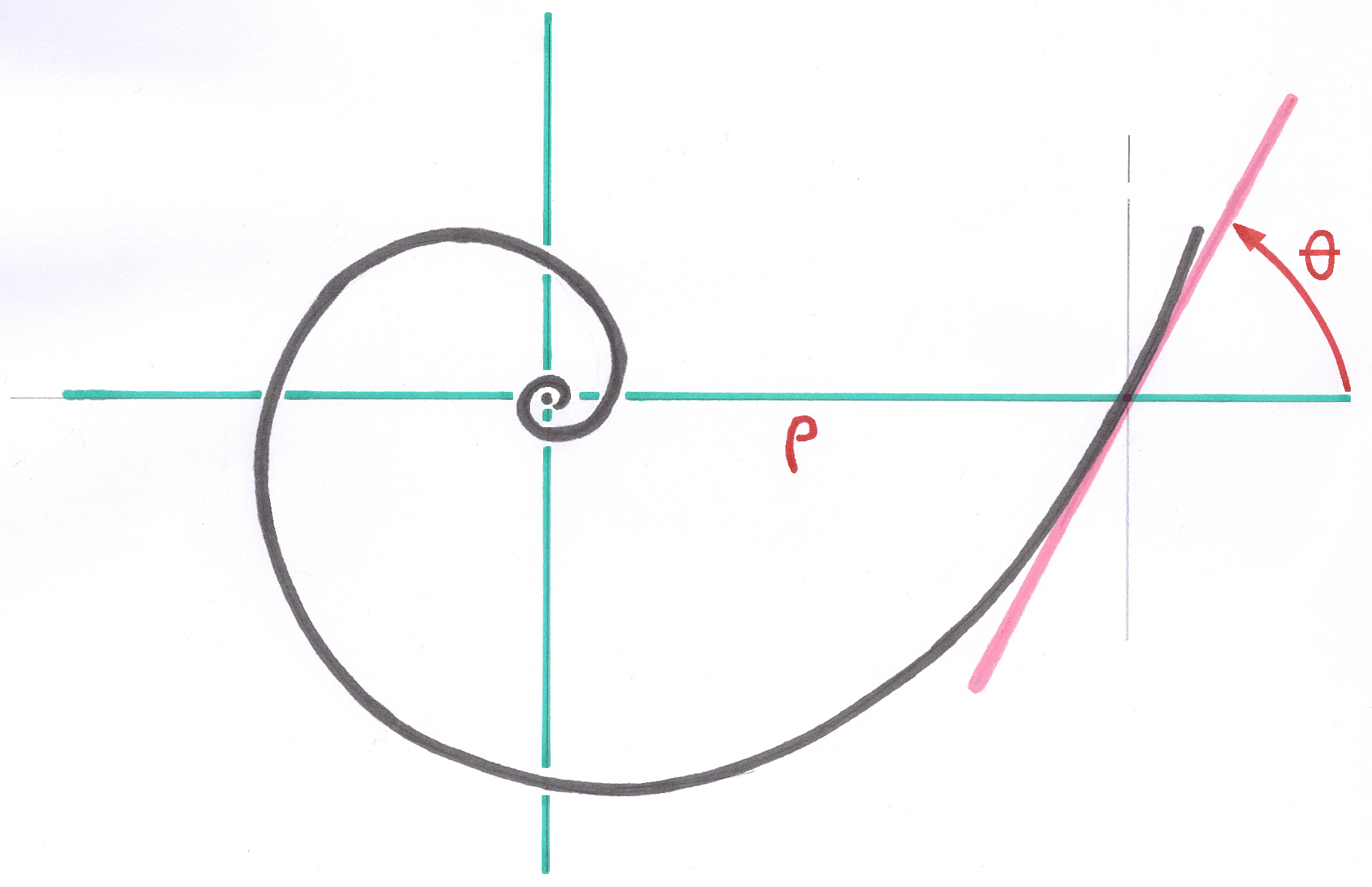4.4. The Fixation Function
4.4.1. Summary
The purpose of the Fixation Function is to modify and influence the distribution of the constraints, between the stem and the bone, along the anchoring zone, for a better adaptation to the type of implantation for which this stem is intended.
Consequently the required effect is to transfer a small additional part of the constraints towards a zone of the diaphyse which has a greater resistance and to relieve partially the bone of the zone of lower resistance.
This effect is obtained by the addition, in each point of the medial and lateral contour of the stem, of the value of an exponential curve of very low amplitude which moves, along the diaphyse, the distribution of the constraints in the bone in comparison with the linear distribution obtained with the strictly rectilinear base Form.
4.4.2. Distal displacement of the fixation
The purpose of the Fixation Function is to modify and influence the distribution, between the stem and the bone, of the constraints for a better adaptation to the type of implantation for which this stem is intended.
4.4.3. Positioning of the constraints
For a stem intended for a primary implantation, this function makes it possible to move very slightly into distal the zone of maximum constraints in the bone. Instead of being strictly constant, as it would be the case for a perfectly pyramidal stem, the distribution of the constraints takes the shape of a very flattened bell-shaped curve of which the maximum is with the distal third of the anchoring zone.
4.4.4. Great utility for first reoperation
For a stem intended for a reoperation after extraction of a preceding stem, because of a significant weakening of the thickness and quality of the osseous sleeve proximal, the stem must benefit from the presence of the intact cortical bone into distal. To obtain this effect, the Fixation Function receives stronger parameters and the maximum of constraints, at the top of the bell-shaped curve of the distribution, is located at the distal quarter of the anchoring zone.
4.4.5. Mathematical Details
From a mathematical point of view, the Fixation Function, which refines the distribution of stresses along the diaphysis, is an exponential function in the interval [ 0.1 ] of a non-normed orthogonal reference whose the longitudinal vector U is very elongated, and the transverse vector V is very small.
The offset of its origin defined in percentages in the parameter base, in relation to the origin of the implant coordinates, defines the zone where we begin to act on the distribution of stresses.
The curve obtained by a real and not integer power is by nature analogous to parabolas and always preserves, at the origin of the reference frame, a zero first derivative.
The addition of this curve to the function defining the Base Form guarantees the continuity of the first derivative in the vicinity of the origin of the local coordinate system U, V. and respects the Law of Positive Derivates.
----
